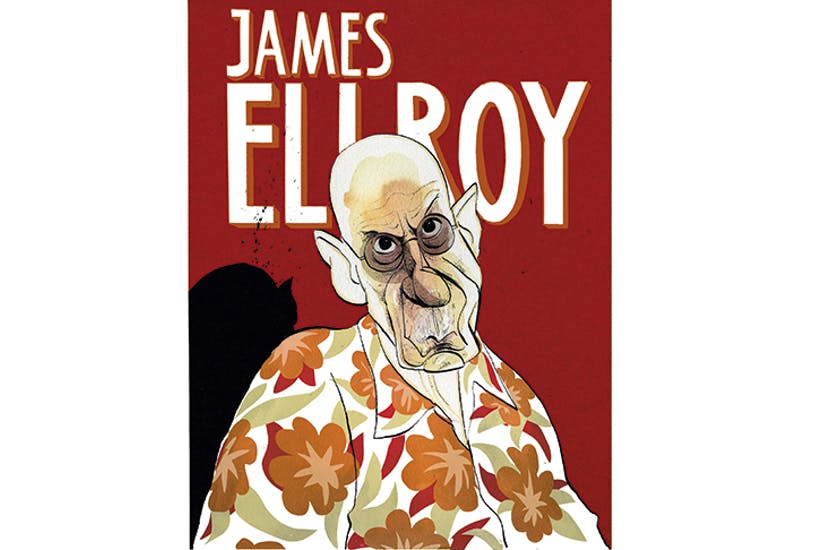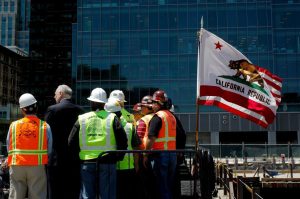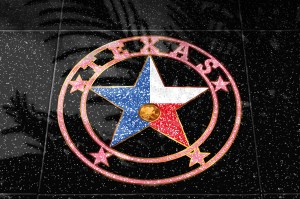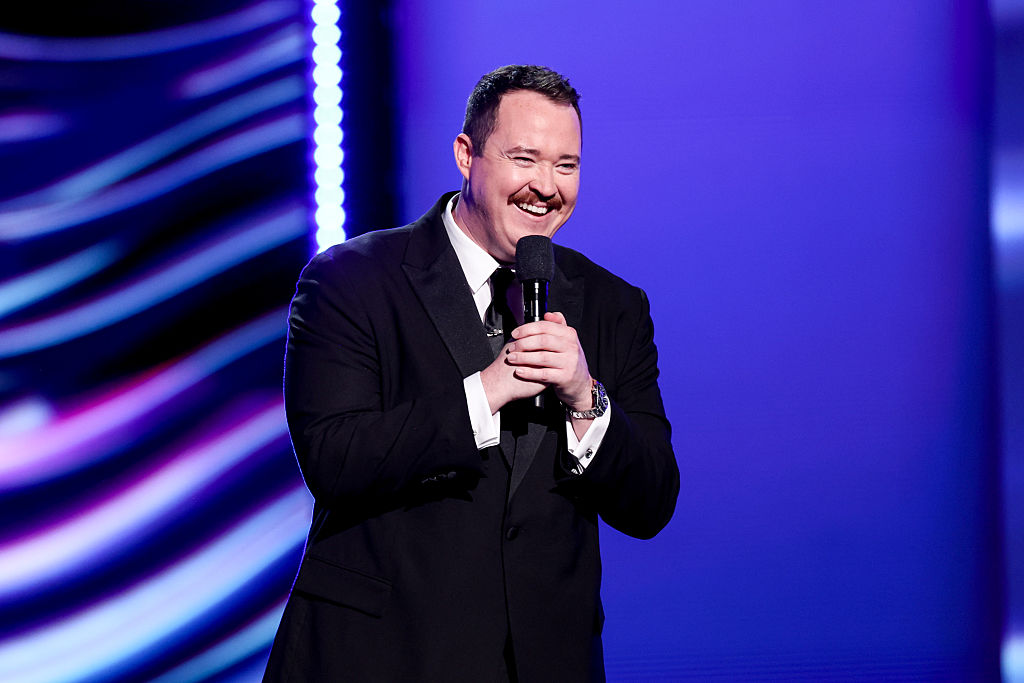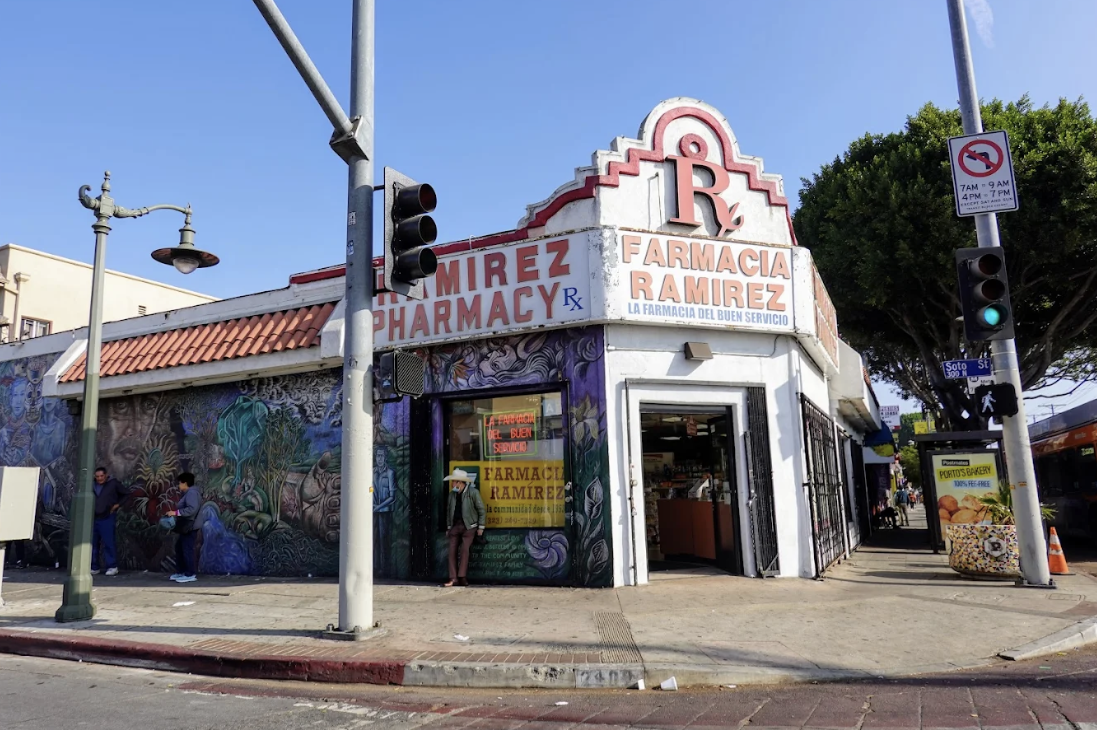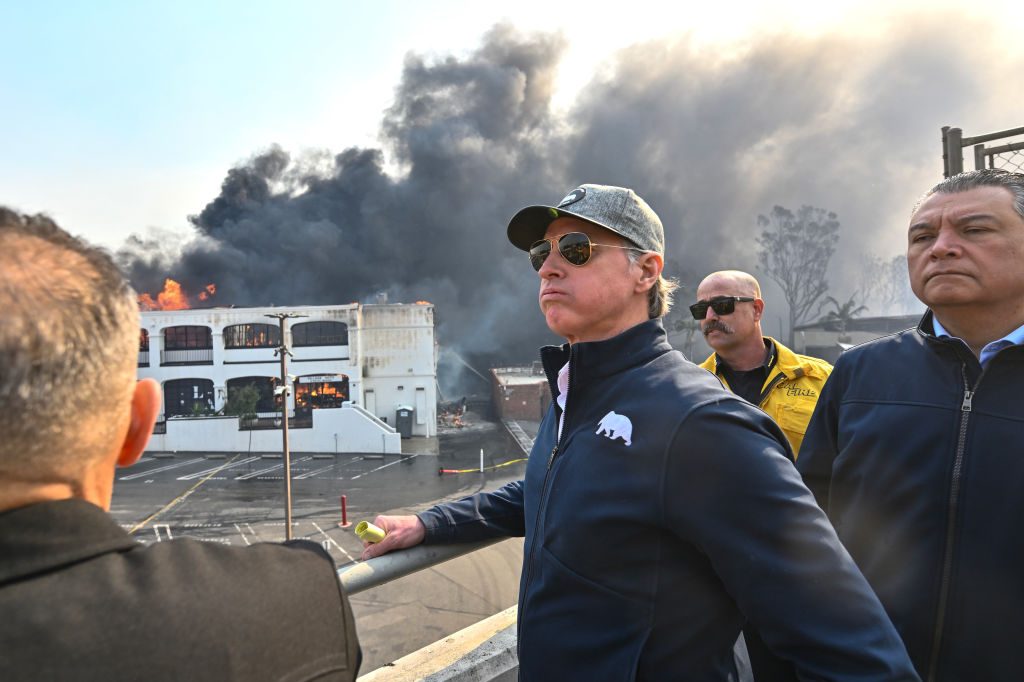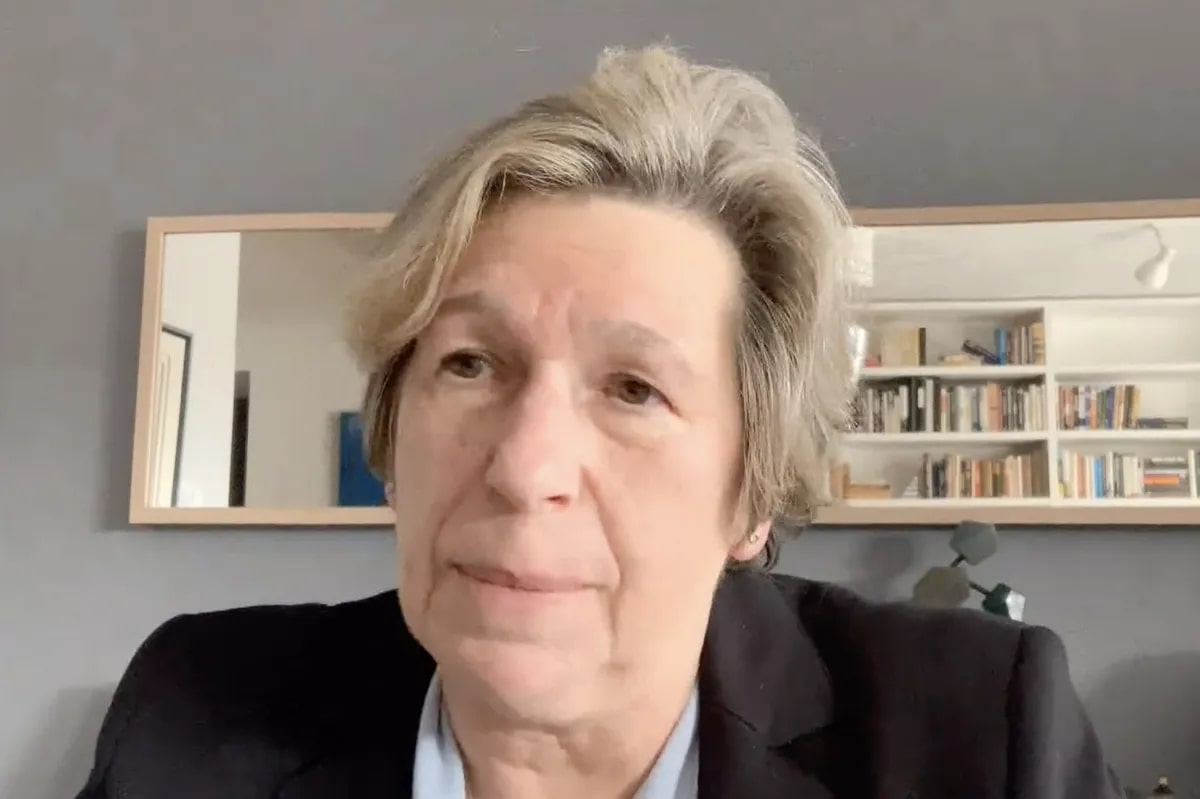James Ellroy is occasionally quoted as saying he’s the greatest American crime novelist ever. The man sometimes called ‘the demon dog of American letters’ has no hesitation in affirming it when he arrives in The Spectator’s London offices to record a podcast. ‘Oh yes, I think that’s been proven,’ he says matter-of-factly. Has he always thought that? ‘When I finished the L.A. Quartet I knew there was nobody like me, and there wasn’t.’
Ellroy’s new book, This Storm, is the second novel in a projected set of prequels to the L.A. Quartet (The Black Dahlia, The Big Nowhere, L.A. Confidential and White Jazz) set between LA and the Baja peninsula in Mexico in the aftermath of Pearl Harbor. America is going to war, Japanese citizens are being interned and the characters pick their bloody way through a whole stew of fascists and communists, Japanese submarine incursions, stolen gold, fifth columnists and racketeers.
It’s classic Ellroy stuff: dark and dense as hell, told staccato in a jazzy period slang peppered with old-time tabloid alliteration and casual racial invective, and spiced with interludes of staggering brutality. He says he decided to do the prequels ‘to deepen the characters, differentiate the overall action and densify on an historical level. When this quartet is completed a couple of years from now I will have written a total of 11 novels that cover LA, my home town, America, my country, 31 years 1941 to 1972. No one has ever done anything like this and I’m proud of the work I’ve done.’
His novels are notoriously long and complex — he maps his plots out in minute detail in advance, and says of the my-characters-tell-me-what-to-do school of writing: ‘That’s a crock of shit. This Storm is no exception. I love big pieces of art. I love symphonic music, I love the Bruckner symphonies, the Mahler symphonies, the Shostakovich symphonies. I love history and my great theme is the secret infrastructure of large public events. When I was a kid going to junior high school and reading fiendishly, the books were never big enough, long enough. I think psychologically what I’m doing is trying to replicate my early reading experience by giving readers around the world what I didn’t get as a place.’
A lot of what Ellroy writes — and the world he writes about — is rooted in childhood experience. He’s adamant that 1972 is as far forward as he’s interested in going in terms of historical setting: ‘History is a blast. A blast.’ And he had quite a childhood. His mother, Geneva Hilliker Ellroy — an avatar of whom appears in this book as Joan Conville — was raped and murdered when he was 10 years old: a trauma that he processed through his obsession with another unsolved rape-killing, the so-called Black Dahlia case, his novelization of which was his professional breakthrough.
‘I grew up in what I would call the freewheeling egalitarian Los Angeles,’ he says. ‘My mother was a hard-drinking, good-looking, tall, red-headed, shit-kicking registered nurse and she would wet-nurse alcoholic film stars like ZaSu Pitts. My dad, who was much older than my mother, was a big handsome bullshitter who had a 20-inch-long wang. All his friends talked about it: this is not a kid’s whacked-out reminiscence of his dad, some trauma of seeing the beast unsheathed. All his friends talked about my old man’s wang.
‘I was a tortured, obviously brilliant but messed-up only child and I loved history and I loved to read. The old man taught me to read when I was three and a half and after my mother’s death — I was about 11 — my dad said to me apropos of nothing one day: “Hey kid, I fucked Rita Hayworth.” “Dad, you lie like a rug, you did not fuck Rita Hayworth.” (We talked that way to each other, my dad and I.) Then, lo and behold, 10 years after my father’s death in ’65 I saw a Hayworth biography in a bookstore in LA and I looked the old man’s name up in the index and yeah, it didn’t say whether he — err-err — with her, but he was her business manager in the late Forties right at the time of my birth. So there you go, it’s that kind of LA.’
That kind of LA. As in Ellroy’s previous books, This Storm jumbles in with its fiction real events and figures (some obscure, some less so) from the historical record. Orson Welles features prominently and far from flatteringly. ‘I never liked Orson Welles and I never liked his movies,’ Ellroy says. ‘I think Citizen Kane is a crock of shit. I don’t think it’s the great American movie and I always considered Welles a shitbird and a blowhard. I don’t like him, I don’t dig him so I trashed him in the book. He’s dead, he’s not going to sue me.’
As well as its labyrinthine surface structure — three interlinked murder investigations, multiple subplots and love triangles — the book is stitched together with thematic motifs: fire, gold and rain prominent among them. The title is taken from a fictional W.H. Auden quote, ‘this storm, this savaging disaster’: Ellroy came across the second half of the phrase in a letter to Isherwood and made up the first bit. ‘It’s the storm of World War Two, it’s the storm of the Japanese internment, it’s the storm of fascism and communism, the twin totalitarian evils of the last century. It is the storm of sedition, of treason and of the internal private lives of the characters who are libidinized by World War Two.’
You don’t go to Ellroy to read about lives of quiet stoicism or lonely principle. You go to him to read about corrupt cops, treacherous sexpots and brutal murderers — and that’s just the good guys. When I suggest that the only character in This Storm who is truly pure of heart is Buzz Meeks’s pet scorpion, Ellroy laughs but he doesn’t contradict me.
Yet, he says, ‘I love these characters. There’s the real-life vice cop Elmer Jackson [who pimps call girls]. I find him sympathetic. I find Hideo Ishida, the tortured Japanese homosexual who is running from the Japanese internment…I find him entirely sympathetic. And Kay Lake is heroic; she is a heroic young woman. She is certainly reckless and eroticized but she is jazzy, she’s funny, she’s got a Carole Lombard kind of wit, she dresses well, she’s a gas.’
And Ellroy says his Lutheran faith informs his work. He’s a moralist.
‘My heroic people, they scrabble towards very, very tenuous redemption. It is a very Christian ideal, and in the end they are responsible for their sins as I believe we all are. Even though these books are not noir, they take place during that era and there is a flip way of saying what the great theme of noir is — you’re fucked, malign fate will get you. You meet a woman and before you know it, you’re in the sack and she says, “Oh baby, by the way, will you kill my husband?” What are you going to do? She’ll turn off the woof-woof if you say no. You kill her husband and six months later you’re in the gas chamber at San Quentin prison.
‘That’s a flip way of looking at it but I prefer to think of the great theme of crime fiction as the consequences of sin and that’s a very Christian idea.’
Also, almost all the characters are perpetually out of their heads — on alcohol, benzedrine, cocaine, opium and something called terpin hydrate (Ellroy: ‘It is a bronchial clearer and it will get you zonked out of your mind. I used to get it from the old geezers in the alcoholic wards at the Veterans Hospital in West LA.’). Yet Ellroy himself has been 12-step sober since the late 1970s (‘with the odd bump’); his memoir My Dark Places covers his years of addiction, and they were not pretty. Is all this fictional intoxication what they call in AA ‘euphoric recall’? ‘You hit it right on the head,’ he says.
But he stresses, too, that his characters are young and that was what LA was like then. ‘Cops, it’s an alcoholic culture. The West Coast [was] under constant threat of Japanese sea and air attack. People were scared, people were having lots of sex, they were staying indoors, they were going to nightclubs, they were thinking tomorrow might not come. You want to look at a bunch of good-looking, chain-smoking boozehounds, look at party shots of home-front America during World War Two.’
That kind of LA: a world compounded of crime fiction and nostalgia and an interest in the mesh of occult forces, the sex and greed and treachery, underpinning historical events.
‘It’s a secret world, and in the wake of my mother’s 1958 murder I started seeing a secret world out there. It was an unconscious viewing of — more than anything else — sex. You’re a little 10-, 11-, 12-year-old kid, coming of age on the cusp of Jack Kennedy and beatniks and good-looking longhaired women in tight turtlenecks snapping their fingers at beatnik jazz clubs, and foreign movies by directors such as Bergman and Fellini showing the sexually disenfranchised, people subsumed by ennui and nihilistic bonhomie… and I was just on it like a pig on shit with my little-kid antennae.
‘I mean, I was peeping windows and looking at girls when I was 11 and 12 and I’m a classic case of the passive creepy-crawly kid sneak thief, a danger to no one but himself. Horny, love-starved, a bookworm at heart. That’s what Helen [his ex-wife, now girlfriend] says I am now: “Ellroy, you’re a bookworm and all you want to do is stick your snout in detective novels”. And she’s right.’
This article is in The Spectator’s December 2019 US edition. Subscribe here.



